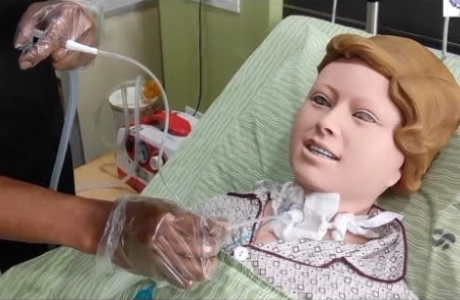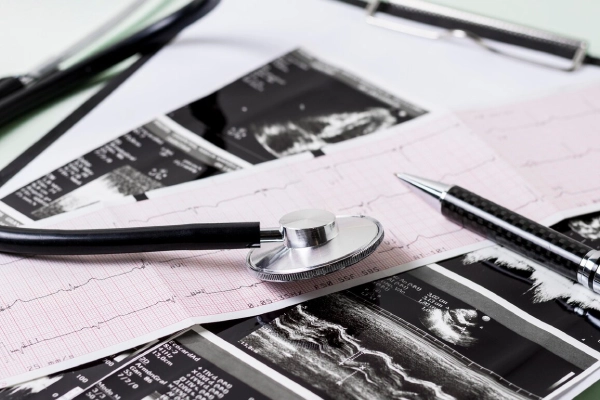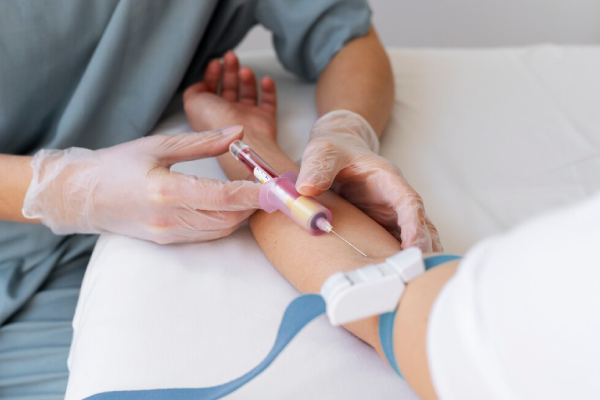Patient Education
GKNM Hospital has been in the service of patients for almost 7 decades now. We have compiled the general information that one might seek with regard to any specific condition/problem.
The patients and caretakers will be able to make a well-informed decision with regard to their treatment. We believe that a well-informed patient can participate in their care, thereby enabling to achieve the desired outcome.
- Allergies and asthma
- Brain and nerves
- Digestive system
- Autoimmune disease
- Cancer
- Ear, nose, and throat
- Hormones
- Blood disorders
- Children's health
- Eyes and vision
- Infections and vaccines
- Bones, joints, and muscles
- Diabetes
- General health
- Kidneys and urinary system
Heart and blood vessel disease
The Basics" are short (1 to 3 page) articles written in plain language. They answer the 4 or 5 most important questions a person might have about a medical problem. These articles are best for people who want a general overview.
- Anticoagulation
- Aortic aneurysm
- Blood clots in the legs or lungs
- Aortic dissection
- Cardiac arrest
- Birth defects
- Cardiac tamponade
Coronary Angiogram

The doctors and staff at GKNM Hospitals are pleased that you are considering us for your Coronary Angiogram. We would like to take the time to briefly discuss the process of undergoing Coronary Angiogram. Your physician has discussed the indications for surgery and the criteria that must be met prior to your Coronary Angiogram. This information is designed to offer additional information on your preparation before surgery, the surgery itself, and the road to recovery after your procedure.
Treatment & Procedures
- What is a Coronary Angiogram?
- Why Is A Coronary Angiogram Done?
- How Do You Prepare?
- What Happens During An Angiogram?
What is a Coronary Angiogram?
A Coronary Angiogram is a technique that uses X-ray imaging to see your heart's blood vessels, which are called the coronary arteries. The test is done to see if there's a restriction in blood flow going to the heart.
Coronary Angiograms are part of a universal group of procedures known as Cardiac Catheterizations. Cardiac catheterization procedures can both diagnose and treat heart and blood vessel conditions. A Coronary Angiogram, which can help diagnose heart conditions, is the most common type of Cardiac Catheterization procedure.
During a Coronary Angiogram, a form of dye that is detectable by an X-ray machine is injected into the blood vessels of your heart. The X-ray machine rapidly takes a series of images (angiograms), presenting a detailed look at the blood vessels. If necessary, your doctor can open the clogged heart arteries (angioplasty) during the same session as the Coronary Angiogram.







